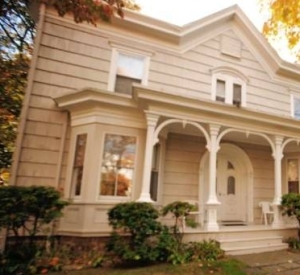“Pandemia e Academia em casa – que efeitos no ensino, investigação e carreira? Estudo sobre as mudanças no sistema científico e de ensino superior.“
“Múltiplas desigualdades de género marcam a Academia. Especula-se sobre o seu agravamento em condições de pandemia, dadas as dificuldades das mulheres, em especial, de negociar um “quarto que seja seu”.”
Vale muito a pena ler os resultados do estudo. Não apenas sobre a questão de género (incluindo aí um ‘abre-olhos’ sobre as quebras na submissão de artigos científicos) mas sobre as mudanças no ensino em si nestes momentos tão disruptivos.
Estudo disponível aqui:

PS: Os alunos sempre foram muito tolerantes e compreensivos perante as necessidades do meu filho de 4/5 anos durante as aulas on-line. Aliás, muitos deles assistiam às aulas enquanto também cuidavam dos irmãos e familiares, já para não falar dos animais de estimação. E muitas das interrupções levavam a momentos de leveza e descontração, no meio de hora e meia de conteúdos à distância – mesmo daquela vez em que o meu filho apareceu a pedir para fazer cocó… no meio de uma explicação técnica sobre desenho arqueológico… que interrompemos ali mesmo!










